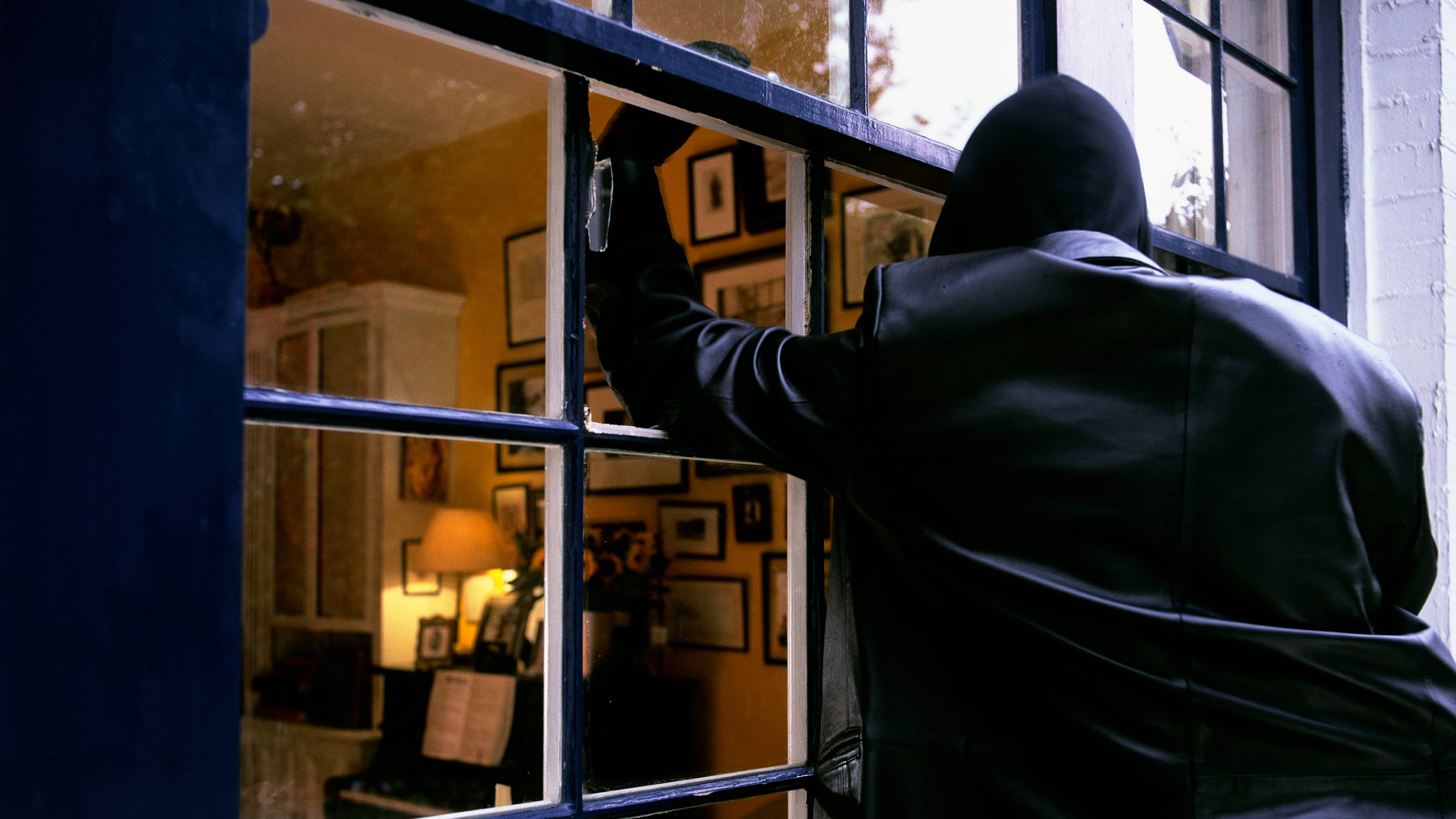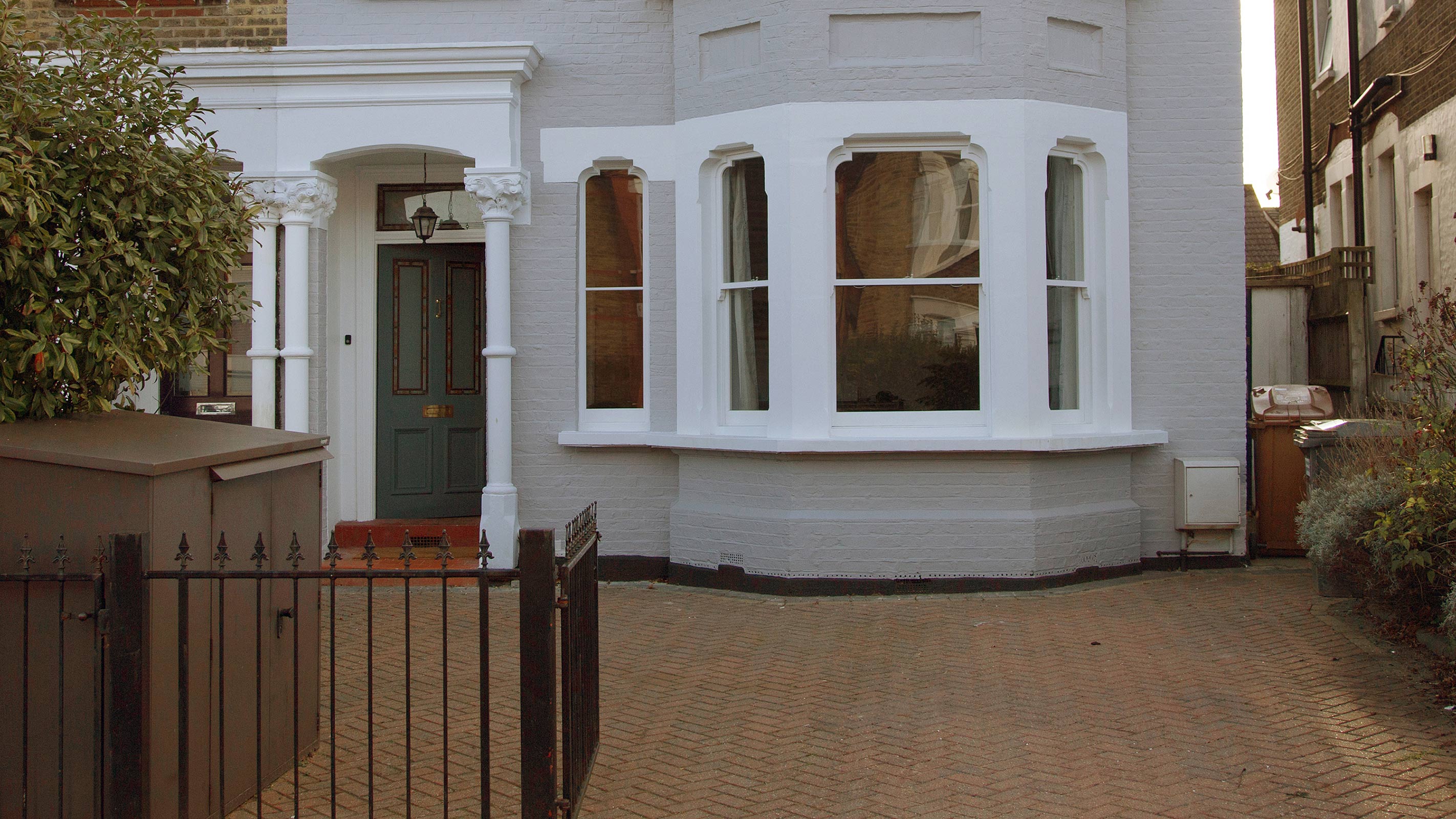Are Secured by Design doors and windows a legal requirement?
Secured by Design may be a term you have seen if you have been shopping for new doors and windows — but do you know what it means? We explain all

Have you seen the words 'Secured by Design' while shopping around for new window styles or doors but been left a little confused about what it means and why it might be important to you?
Our homes should be places we feel utterly safe and protected, somewhere we know both the occupants and their possessions will remain secure from intruders. While there are plenty of products out there to help with this – from security cameras to the best video doorbells – some are more effective than others and not everyone wants to (or is able to) spend a small fortune on turning their home into Fort Knox.
For this reason, the police have come up with some initiatives to help homeowners select the best products for their homes in terms of keeping it safe and secure.
Here we take a look at one of these – Secured by Design (SBD) – and explain exactly what it is to help you understand the role it could play in ensuring the security of your home and belongings.
What is Secured by Design?
Quite simply, Secured by Design (SBD) is an official police security initiative that has been developed to increase the security of buildings and their surroundings in order to ensure these are safe to live and work in.
Part of SBD is a 'product based accreditation scheme' called the 'Police Preferred Specification' which, according to the SBD website "provides a recognised standard for all security products that can deter and reduce crime."
These 'attack resistant crime prevention products' span 30 different crime categories and hundreds of these products have achieved Police Preferred Specification — the aim is to ensure consistent standards are met.
Bring your dream home to life with expert advice, how to guides and design inspiration. Sign up for our newsletter and get two free tickets to a Homebuilding & Renovating Show near you.
What products are tested for Secured by Design requirements?
The product categories covered by Secured by Design range from 'Drug Detection' to 'Vehicle Security' but which ones should you be looking at if you are renovating or self building?
If you are building your own home or modernising an older property – even if you are just browsing new front doors – it might be useful to know that all of the following are covered by SBD and it is well worth seeking out companies who are part of the Secured by Design membership scheme, which includes companies whose products have been awarded the 'Police Preferred Specification' status:
- Glazing
- Alarms
- Doors
- CCTV
- Garage doors
- Locks and hardware
- Outdoor storage
- Windows
- Fencing
Do new windows and doors have to be Secured by Design by law?
While SBD is clearly not just about windows and doors, it is when buying these products that homeowners most often seem to become aware of it.
For a product to obtain Secured By Design approval, certain standards – such as PAS 24: 2016 – or an equivalent have to be met. It is useful to note that if a product has achieved PAS 24: 2016 standard, it will also be deemed to have met the requirements of Approved Document Q of the Building Regulations.
That said, there is no legal requirement for windows and doors to come with Secured by Design Approval. Although it can be useful, it is, perhaps, more important to check that your windows and doors are 'certified to PAS 24' standards.

What is PAS 24?
PAS 24 is a standard of testing that assesses and measures the security performance of windows and doors to ascertain whether or not they are up to the job of resisting attack from intruders. 'PAS' stands for Product Assessment Specification, incidentally.
PAS 24: 2016 came into effect in February 2016, superseding PAS 24: 2012. PAS 24: 2016 is now required to meet Building Regulations for new build properties, although there are also some equivalent standards that are accepted by the Building Regs. You can find a full list in Approved Document Q.
Although there is a minimum standard that has to be achieved by certified doors and windows, many products on the market actually exceed the minimum requirement.
Natasha was Homebuilding & Renovating’s Associate Content Editor and was a member of the Homebuilding team for over two decades. In her role on Homebuilding & Renovating she imparted her knowledge on a wide range of renovation topics, from window condensation to renovating bathrooms, to removing walls and adding an extension. She continues to write for Homebuilding on these topics, and more. An experienced journalist and renovation expert, she also writes for a number of other homes titles, including Homes & Gardens and Ideal Homes. Over the years Natasha has renovated and carried out a side extension to a Victorian terrace. She is currently living in the rural Edwardian cottage she renovated and extended on a largely DIY basis, living on site for the duration of the project.

